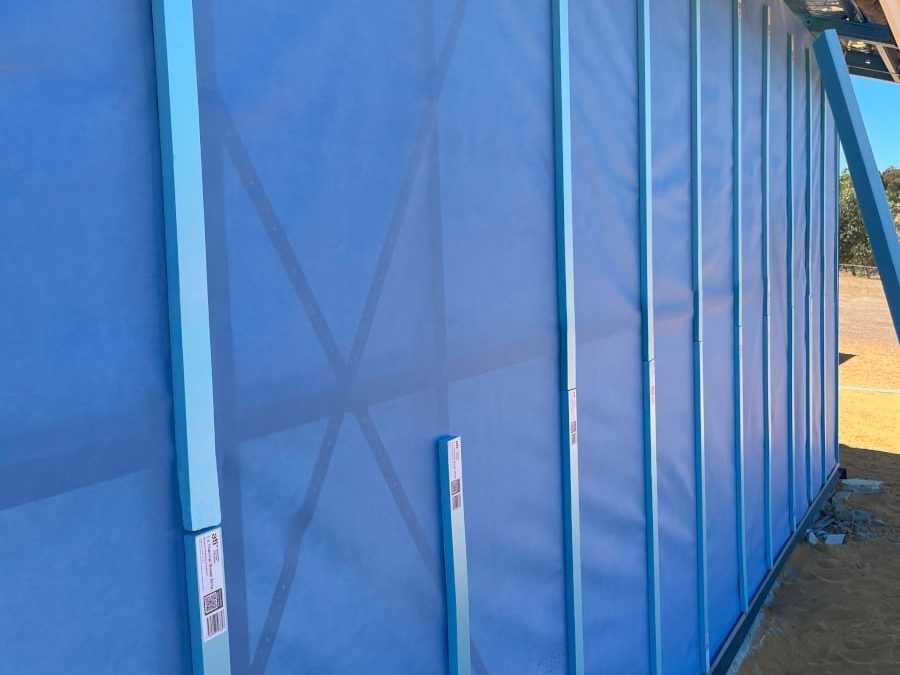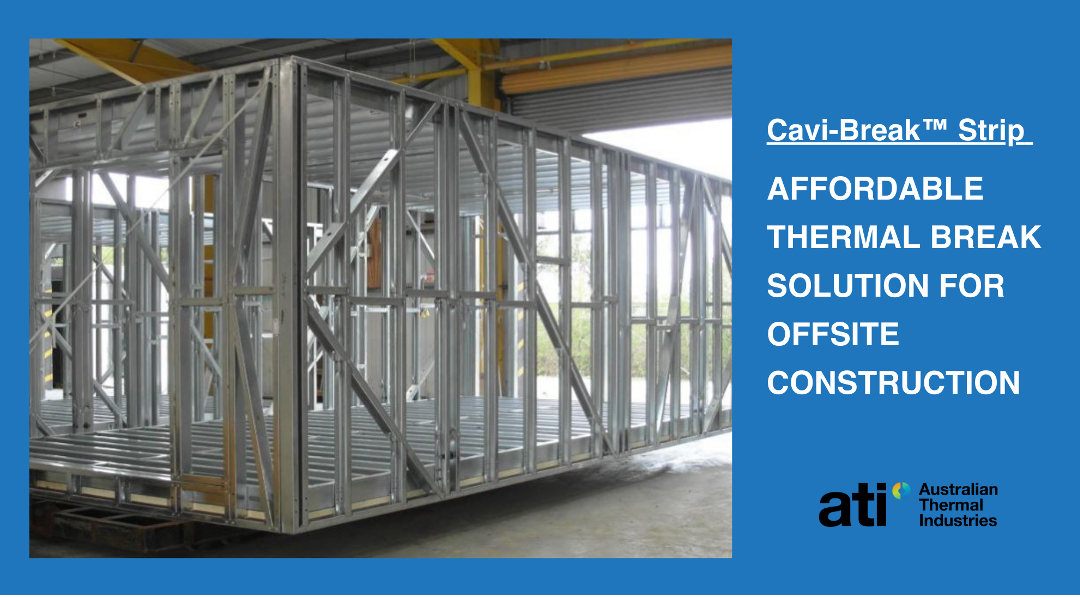 As the quest for energy efficiency in homes intensifies, a growing problem has emerged: unhealthy homes due to the lack of proper thermal breaks and the prevalence of mold and rot in walls.
As the quest for energy efficiency in homes intensifies, a growing problem has emerged: unhealthy homes due to the lack of proper thermal breaks and the prevalence of mold and rot in walls.
Australia’s National Construction Code permits direct fixing of lightweight cladding to timber frames, raising questions about the future liabilities for builders using this method. This concern is shared in steel-framed buildings where thermal breaks are minimal or absent.
In regions like Canada and New Zealand, the repercussions of such building practices, known as ‘leaky buildings,’ have been acknowledged and addressed. However, Australia lags in mandating cavities behind lightweight cladding. The tendency among builders to adhere only to minimum requirements exacerbates the issue, insufficiently preventing mould and frame rot.
The Victorian Government’s initiative to replace non-compliant cladding has inadvertently shone a light on a more insidious issue: toxic mold in wall frames, which is anticipated to be a widespread problem following the Grenfell fire in the UK.
Regulators are trusted to set adequate building requirements, but there has been a disproportionate focus on structural, wind loading, fire protection, and energy efficiency requirements over the science of building. Consequently, many new homes suffer from mould and rot due to inadequate regulations.
Peter Dyer, author of ‘Rottenomicks,’ remarks on the staggering cost of remedying leaky homes in New Zealand, highlighting the scale of the issue. Similarly, a Canadian inquiry into the matter revealed multiple failures in design, awareness of suitable enclosure principles, inspection, and regulatory response.
The issue in Australia is compounded by the continent’s diverse climate, which ranges from the tropical north to the colder Tasmanian and alpine regions. The current regulatory framework has not kept pace with increasing energy efficiency requirements, leading to a slew of homes with mold and rot issues.
The science behind cavities in construction details the necessity for such spaces to prevent condensation and related problems. The National Construction Code has some requirements for cavities, but these are often not sufficient for the varying climate zones across Australia.
In tropical climates, it is crucial to prevent outside warm, moist air from reaching the internal structure, which could lead to condensation and mould. Conversely, in colder climates, the lack of a cavity can result in condensation on the cladding or sarking, leading to moisture problems.
Research from organisations like BRANZ in New Zealand has substantiated the benefits of cavities, including faster drying of building elements and reduced risk of rot and mould.
This research has led to guidelines for cavity depth and materials that should be used to maintain the integrity and insulation value of the walls.
The range of materials used in cavities varies, but many, like timber, plywood, and particleboard, fall short of providing the necessary ‘R’ value or are not suited for moist environments. Expanded polystyrene and extruded polystyrene strips, on the other hand, meet the required insulation standards and are resistant to moisture and termites.
For best practice, building cavities behind lightweight cladding should:
- Ensure a cavity depth of at least 20mm.
- Use vapour-permeable building wraps.
- Utilise materials that resist moisture and termites and can last 50 years.
- Incorporate cavity closers to facilitate drainage and ventilation for condensation management.
ATI Cavi-Break and Cavi-Vent Strips are presented as an effective solution, fulfilling all the best practice requirements.
These strips facilitate the installation of cladding, serve as both a thermal break and a cavity creator, and are resistant to moisture and termites. They align with the most pragmatic cavity condensation management practices recommended by cladding manufacturers and industry experts.
Available from various suppliers, the ATI Cavi-Break System offers a range of options to suit different cladding systems and building requirements. Users can choose from different strip widths, lengths, and materials to ensure compatibility with their specific project needs. In addition to their functionality in drainage and ventilation, ATI Cavi-Break Strips also provide an aesthetic appeal. With various colour options available, these strips can complement the overall design of the building facade while still serving their purpose effectively. ATI Cavi-Break Strips are easy to install and require minimal maintenance. a cost-effective and efficient solution to the challenges discussed.
For more information on ATI Cavi-Break and Cavi-Vent cavity closer strips and their applications, builders and designers can reach out to the Australian Thermal Industries (ATI) customer service team. The team is knowledgeable and experienced in providing guidance on the best use of Cavi-Break Thermal Break Strips and Cavi-Vent Thermal Cavity Closer Strips for specific building projects. They can also provide information on pricing, availability, and any additional technical specifications that may be required.



